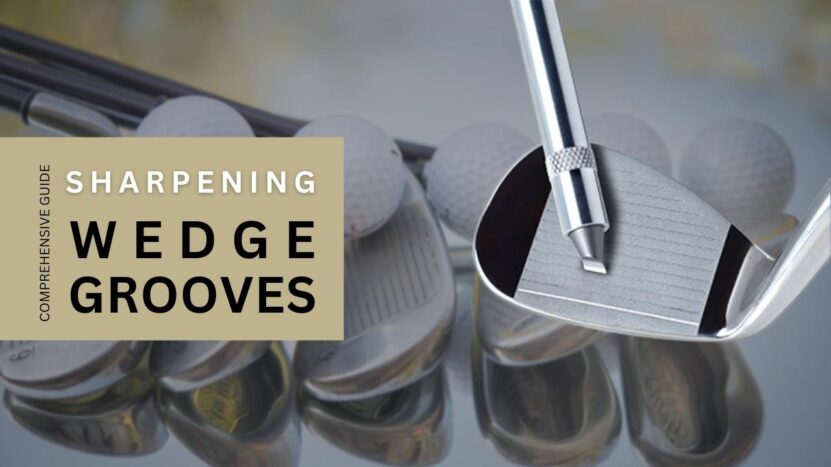Wedge grooves are the lifeline of your short game, providing the traction necessary to achieve that perfect backspin and control on the golf course. Like any precision instrument, they require proper care and maintenance to deliver optimal performance. In this comprehensive guide, we’ll explore the importance of sharp wedge grooves, the best tools and techniques for sharpening, and how to keep them in tip-top shape, so you can consistently shave strokes off your score.
Why Sharpening Your Wedge Grooves Matters
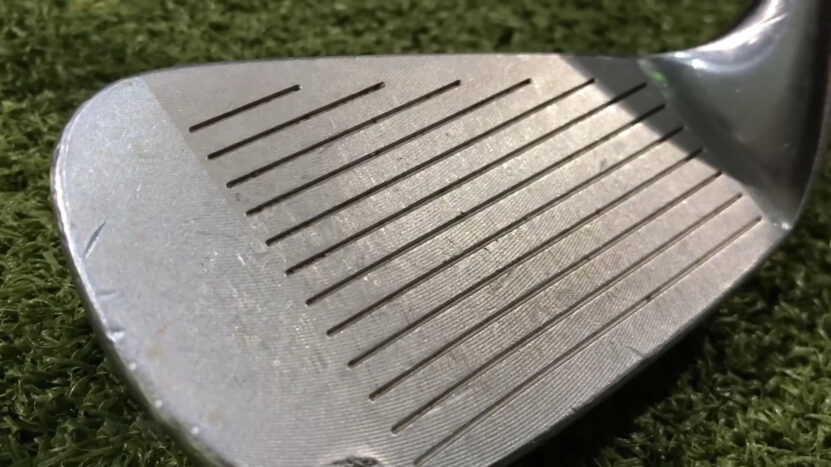
They generate more friction between the clubface and the ball, leading to a higher backspin rate. This increased spin allows you to stop the ball on the green with greater precision, giving you more control over your shots.
Improved Control
Worn or dull ones reduce the grip between the clubface and the ball, leading to unpredictable ball flight and decreased control. Sharpening them restores their ability to grip the ball, resulting in better shot-making and improved overall performance.
Prolonged Club Life
Taking care of them not only improves your game but also extends the life of your clubs. By maintaining them, you’ll avoid the need for frequent replacements, saving both time and money.
Selecting the Right Tools
Now that we understand the importance of sharp wedge grooves let’s discuss the tools you’ll need to get the job done. The market offers various groove sharpeners, but the most popular and effective ones are the following:
Groove Sharpener with Multiple Tips
This versatile tool comes with different tip sizes and shapes, allowing you to sharpen U-, V-, or square-shaped grooves. The various tips ensure that you can maintain any wedge, regardless of the manufacturer or their style.
Single-Tip Groove Sharpener
A single-tip sharpener is an excellent option for those who only need to maintain one type of groove shape. These tools are generally more affordable and compact, making them an ideal choice for golfers on a budget or with limited storage space.
File Set
A high-quality file set is an essential addition to any golfer’s toolkit. Files are excellent for removing rust, burrs, and other imperfections from your wedge grooves, and they can also be used to sharpen the tracks themselves.
The Impact on Ball Spin and Control
Sharpening them off a wedge can have a significant impact on the spin and control of the ball. When they become worn, they can lose their ability to grab and spin the ball, resulting in less control and accuracy on approach shots. Sharpening them can restore their ability to grip the ball, which can increase the spin and control of the shot. Golfers can achieve more backspin on the ball, which can help it stop more quickly on the green.
This can be particularly helpful when trying to hit approach shots into tight pin positions. Additionally, they can help golfers to better control the direction of their shots, as the increased spin can help counteract any unwanted sidespin.
Step-by-Step Guide to Sharpening Them
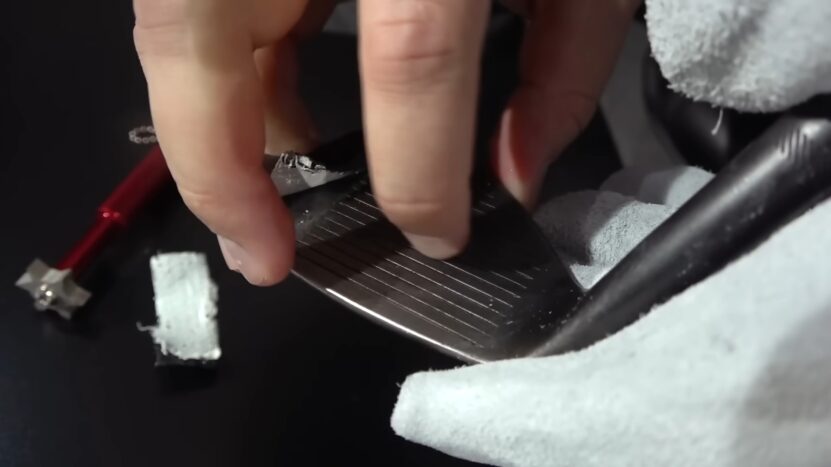
Now that we have our tools ready let’s dive into the process of sharpening your wedge grooves. Follow these simple steps to get your top form:
Step 1: Clean Your Wedges
Before you begin sharpening, ensure your wedges are free from dirt and debris. Use a brush or toothbrush to scrub the clubface and grooves, then rinse with water and dry with a towel. A clean surface ensures a more effective and precise sharpening process.
Step 2: Choose the Right Tool
Select the appropriate sharpener or file based on your wedge’s groove style (U-, V-, or square-shaped). If you need help deciding which tool to use, consult your club’s manufacturer for guidance.
Step 3: Secure Your Wedge
To avoid any accidents and ensure precise sharpening, secure your wedge in a vise or similar clamping device. Make sure the clubface is level and easily accessible for your groove sharpener or file.
Step 4: Sharpen the Grooves
Begin the sharpening process by working on it one at a time. Insert the sharpener or file into the groove, ensuring it matches the shape. Apply gentle pressure and slide the tool along the entire groove length, following its natural curvature. Repeat this process until you’ve achieved the desired sharpness.
Remember to maintain consistent pressure and angle throughout the sharpening process to avoid damaging the clubface or altering its dimensions.
Step 5: Remove Burrs and Excess Material
After sharpening, you may notice burrs or excess material along the groove edges. Use a fine file or sandpaper to gently smooth these areas, being careful not to remove too much material or damage the clubface.
Step 6: Clean and Inspect
Once you’ve finished sharpening and smoothing the grooves, clean the clubface with a brush or toothbrush, rinse with water, and dry with a towel. Inspect the grooves closely to ensure they’re uniformly sharp and free of any imperfections.
Alternative Methods for Sharpening
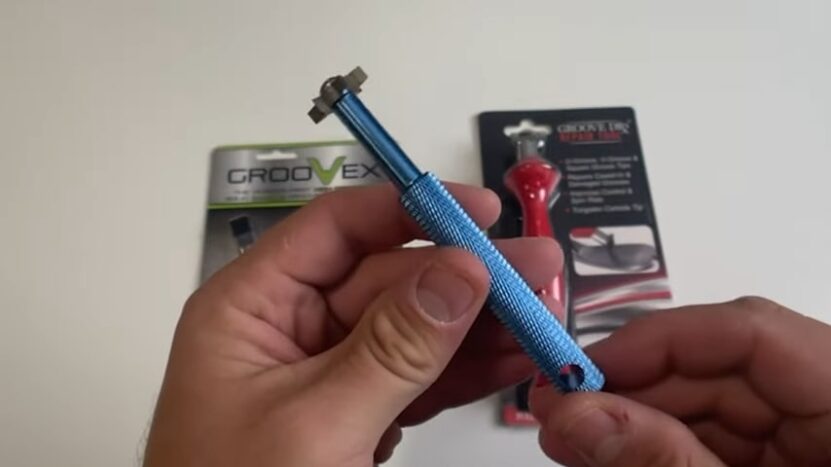
There are a few alternative methods for sharpening them that can be effective. One popular option is using a rotary tool with a specialized attachment designed for it. This tool can be used to remove any debris or rust buildup in the grooves before sharpening them.
Use a file or sandpaper to manually sharpen them. It’s important to make sure the file or sandpaper is the right size and shape for the grooves to avoid damaging them. It’s also important to be consistent in the direction of the strokes to avoid creating irregularities in them.
There are specialized grooving tools that can be used to create new grooves or sharpen existing ones. These tools are typically used by professional club fitters or repair shops, but can also be purchased for personal use.
How to Keep Your Wedge Grooves Sharp and Well-Maintained
To prolong the life of your wedges and maintain optimal performance, it’s essential to establish a proper maintenance routine. Follow these tips to keep your wedge grooves in prime condition:
Clean Your Clubs Regularly
After each round of golf, clean your clubs to prevent dirt, debris, and moisture from accumulating in the grooves. A simple scrub with a brush or toothbrush and water will suffice in most cases.
Inspect Your Wedges
Periodically inspect your wedges for wear and damage. If you notice any dents, scratches, or dull grooves, take the time to repair or sharpen them accordingly.
Store Your Clubs Properly
Proper storage can help prevent rust and other damage to your wedges. Keep your clubs in a dry, cool environment, and use headcovers to protect them from scratches and dings.
Know When to Replace Your Wedges
Despite your best efforts, wedge grooves will eventually wear down over time. Recognize when your clubs have reached the end of their life and invest in a new set to maintain your performance on the course.
Common Mistakes to Avoid
When it comes to sharpening them, there are a few common mistakes that golfers often make.
One of the most common is using the wrong tools or techniques, which can actually damage them instead of sharpening them. It’s important to use a specialized groove sharpener that is designed specifically for golf clubs.
Another mistake to avoid is over-sharpening them. While they are essential for good spin and control, too much sharpness can actually lead to the ball spinning too much or even spinning off the green.
It’s important to find the right balance between sharpness and control. It’s important to avoid sharpening them too frequently. Over-sharpening can actually wear down the grooves faster and lead to a loss of spin and control. It’s recommended to sharpen your wedges only a few times a season, depending on how often you play and the condition of your wedges.
FAQs
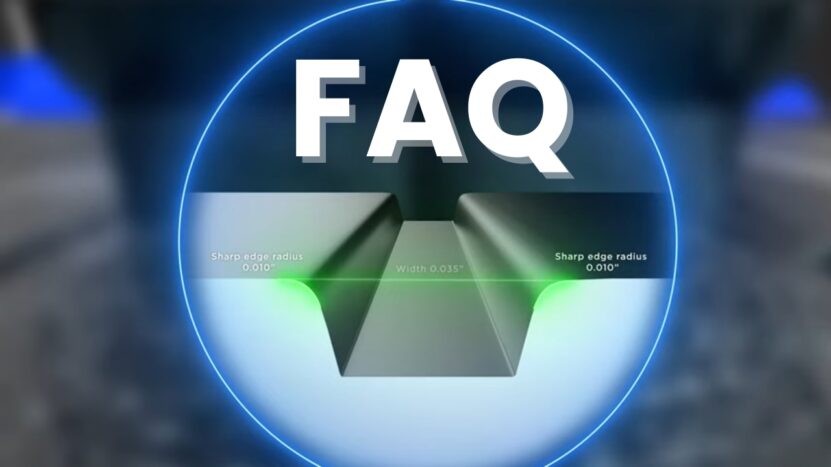
How can I tell if my groove sharpener is the right size for my wedges?
To determine if your sharpener is the right size, match the sharpener’s tip or file with the groove shape on your wedge (U-, V-, or square-shaped). The sharpener should fit snugly within it without any gaps or excessive force required. Consult your club’s manufacturer or the sharpener’s packaging for guidance on selecting the correct size.
Can sharpening my wedges affect their resale value?
Properly maintained and sharpened wedges may retain a higher resale value compared to worn or damaged clubs. However, excessive sharpening or modifications that alter the original groove dimensions may reduce their resale value and even render them non-conforming to the Rules of Golf.
How do I ensure a consistent angle and pressure when sharpening my wedge grooves?
To maintain a consistent angle and pressure while sharpening, start by securing your wedge in a vise or similar clamping device. Hold it steadily, and apply gentle pressure as you slide it along the groove’s length, following its natural curvature. Practice and patience are key to achieving consistent results.
Can I sharpen my wedge grooves on the golf course?
While it’s technically possible to sharpen them on the golf course, it’s not recommended. Sharpening them requires precision and attention to detail, which may be challenging in an outdoor environment with varying lighting and weather conditions. It’s best to perform this maintenance task at home or in a controlled environment to ensure optimal results.
How do I prevent rust and corrosion on my wedge grooves?
To prevent rust and corrosion on your wedge grooves, follow these steps:
- Clean your clubs regularly, removing dirt, debris, and moisture from the grooves.
- Dry your clubs thoroughly after each use, especially if they’ve been exposed to water or humid conditions.
- Store your clubs in a dry, cool environment, and use headcovers to protect them from scratches and dings.
- Periodically inspect your clubs for signs of rust or corrosion, and address any issues promptly with a fine file or sandpaper.
Conclusion
They are crucial for achieving maximum spin, control, and consistency on the golf course. By following this comprehensive guide and establishing a proper maintenance routine, you’ll ensure your wedges remain in peak condition, helping you elevate your short game and lower your scores. Now that you have the knowledge and tools to sharpen your wedge grooves, it’s time to hit the greens and watch your performance soar.

